Barron’s Energy Insider | In Partnership with OPIS | Video – July 14, 2025
Watch: Barron’s Senior Energy Writer Laura Sanicola and OPIS Chief Oil Analyst Denton Cinquegrana discuss what’s ahead for oil this week.
Watch this week’s episode for insights into how oil markets are absorbing the latest tariff news from the White House and what we might expect from second quarter earnings.
Transcript:
LAURA SANICOLA: Hi everyone. This is Laura Sanicola, author of Barron’s Energy Insider. And I’m here today with Denton Cinquegrana, head of oil analysis at OPIS. Denton, thanks for joining us today.
DENTON CINQUEGRANA: Hi Laura. How are you?
SANICOLA: Yeah, good. Thanks. So I’m noticing oil’s kind of stabilized at a moderately healthy place of around seventy dollars a barrel per WTI and Brent crude futures. But now again, tariff announcements have reentered the fray. How is the market absorbing the latest tariff news from the White House?
CINQUEGRANA: Well, I think the one thing to kinda keep in mind with the thirty five percent tariff announcement regarding Canada is that Canadian energy as well as Mexican energy consider oil, fall under the USMCA. So they’re not gonna be subject to tariffs. So those refiners in the Great Lakes area, the Rockies, and the West Coast that run Canadian crude aren’t gonna have to necessarily worry so much about tariffs. But, again, at the end of the day, tariffs could have a significant impact on demand, and that would be probably most reflected in diesel. You have lower shipments. You need less diesel for the trucks that are moving goods around the country.
SANICOLA: And how is the demand and supply balance right now? Separately from that, is there still any geopolitical risk priced into oil or did that go away kind of as the twelve day war in the Middle East faded into the rearview mirror?
CINQUEGRANA: I always like to think of geopolitical risk kind of as a stove with a pot of water. It’s almost always simmering. It’s either on the back burner or boiling on the front burner. Right now, it’s kind of simmering on the back burner. I think the socially acceptable risk premium during the twelve day war was about ten dollars a barrel. Right now it might be one dollar to two dollars a barrel, but again, something heats up in the short term that could jump right back up again. But for right now, the geopolitical risk premium seems to be kind of coming out of the market.
SANICOLA: So, we’re starting to get some announcements from oil majors guiding down on how second quarter earnings might look. What are we hearing from the integrateds and from producers on kind of the health of the market?
CINQUEGRANA: Yeah, so oil prices obviously had a pretty wild roller coaster ride actually in the second quarter. You had the early April drop to kind of the lower levels of the year in early April after the first Liberation Day tariffs were announced. Then we had the spike associated with Israel and Iran and then the US air strikes in in Iran. But honestly, as high as the market got, those still fell short of the highs for the year. Those highs for the year took place in January. So we’re still looking at a relatively narrow band of prices that when you look at it on a historical basis the band is relatively narrow and the prices of that band is lower than where it was say in 2022 and to an extent 2023 and 2024 as well.
SANICOLA: All right. Well, thanks so much for catching us up and thanks everyone for joining. We’ll see you next week.

